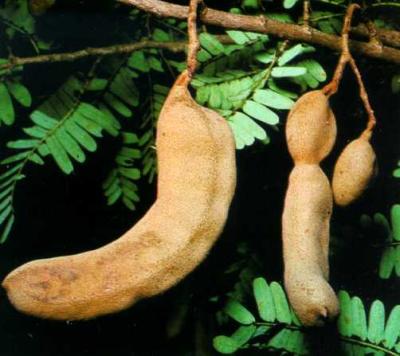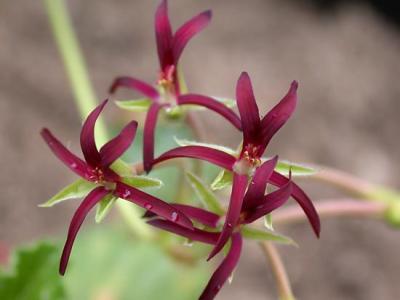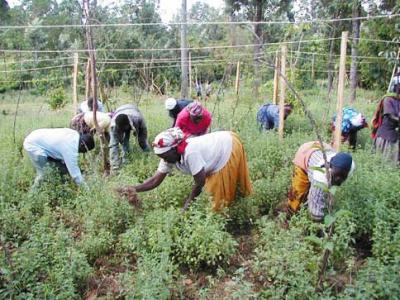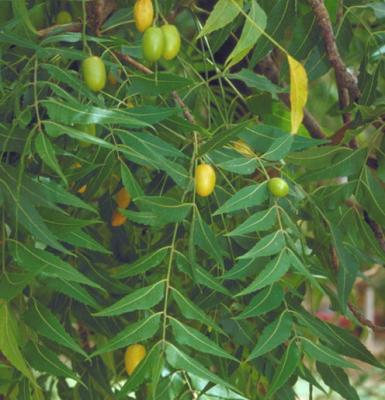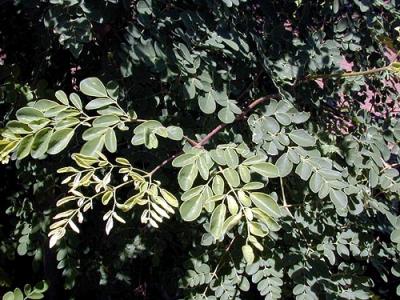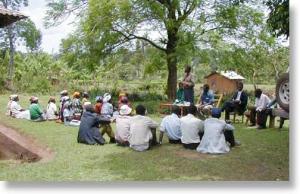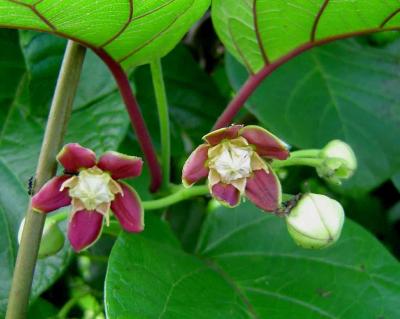Tamarind
Geographical Distribution of Tamarind in Africa, Source ICRAF. Updated on 26th March 2019.
Information on Pests and Diseases
Medicinal Properties and Uses
Fruits: The flesh of the fruits is edible. The sweet fruit pulp is used for the preparation of a refreshing drink and is eaten as an occasional snack. When the fruits are soaked in water overnight the liquid becomes a tasty fruit juice, which is especially appreciated by children (EcoPort).
Information Source Links
- Bekele-Tesemma, B. (2007). Useful trees and shrubs for Ethiopia. World Agroforestry Centre, Nairobi, Kenya. ISBN 92-9059-2125 www.worldagroforestry.org
- CRFG California Rare Fruit Growers www.crfg.orgl
